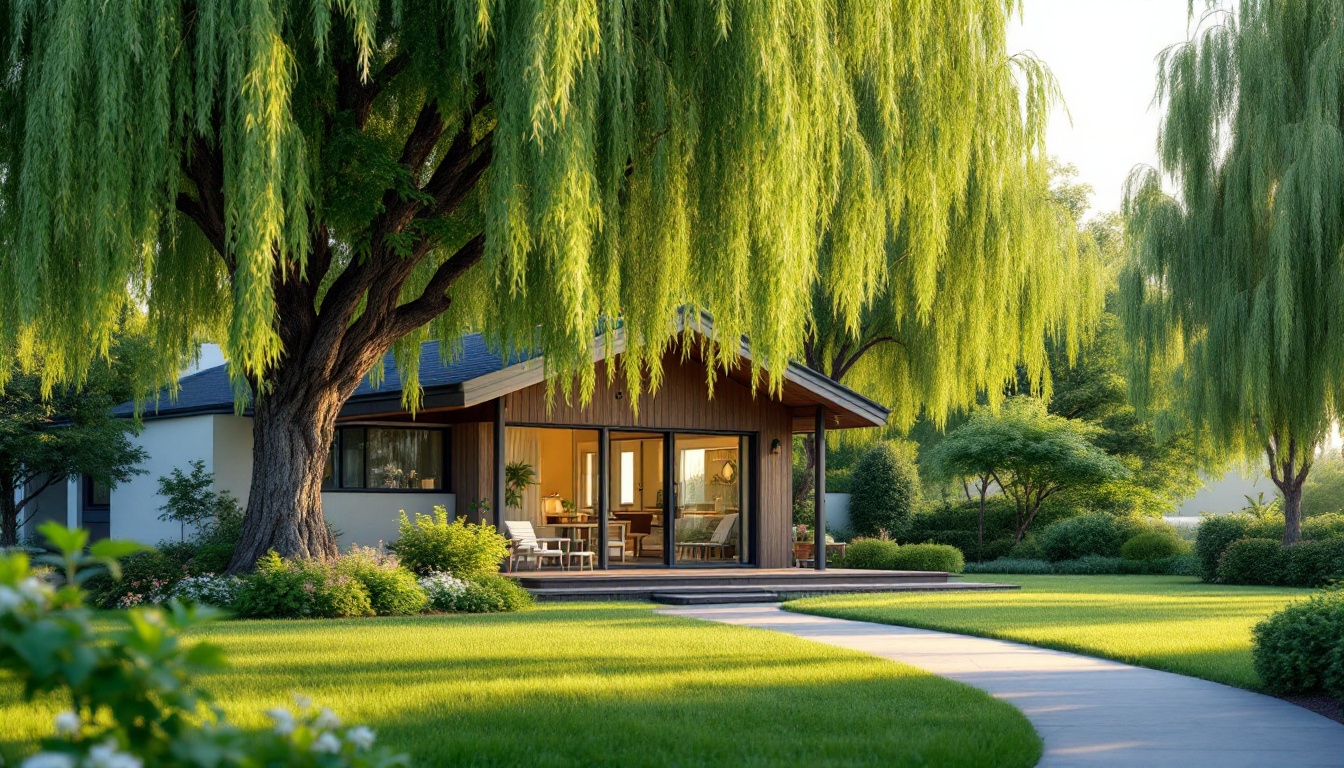How Senior Care Programs Are Evolving to Meet Modern Needs
April 28, 2025
The Transformation of Eldercare in the 21st Century

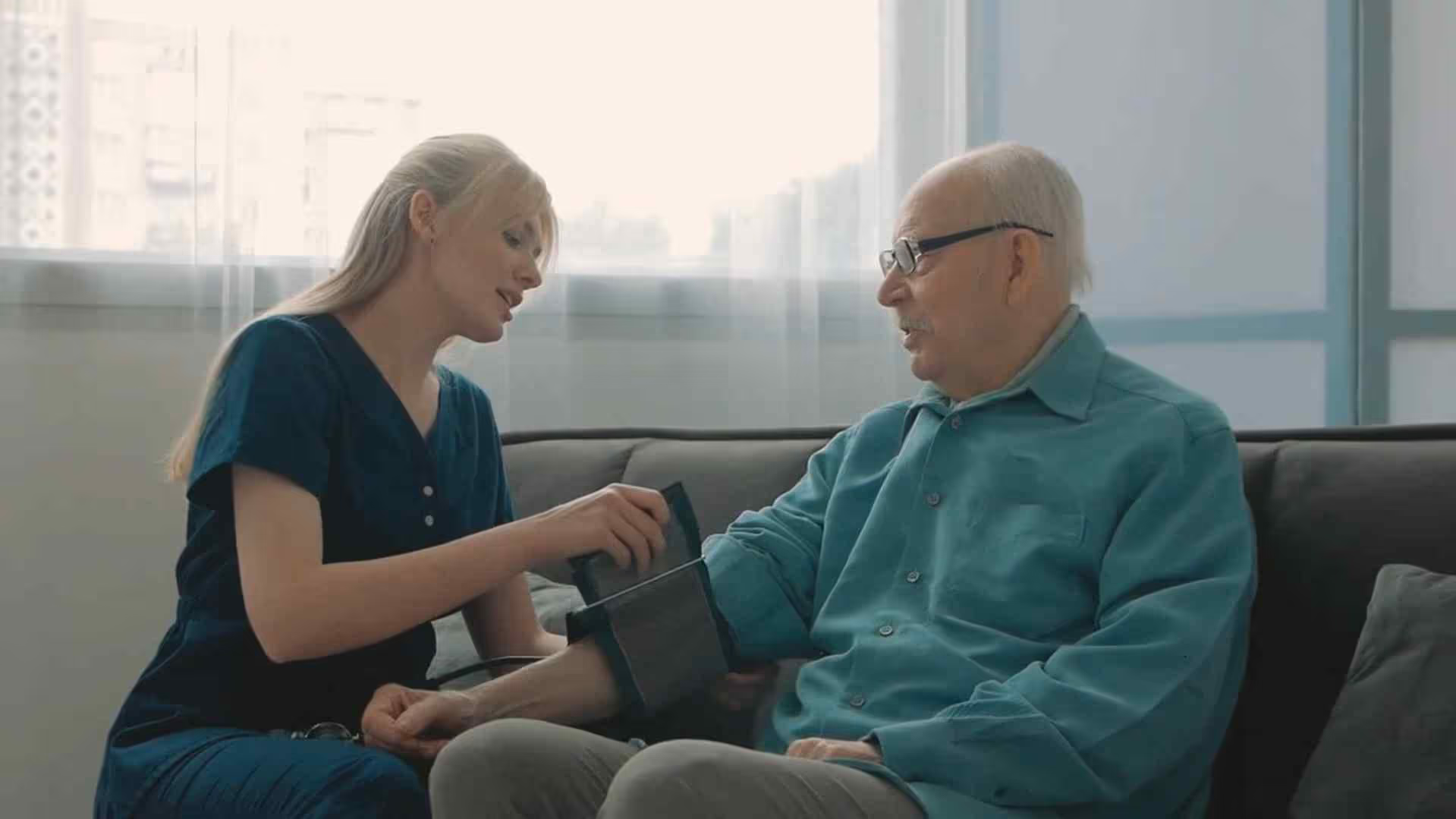
Adapting to Demographic Changes and Enhanced Expectations
As global populations age at an unprecedented rate, senior care programs are undergoing a profound transformation. Driven by demographic shifts, technological innovations, and evolving societal expectations, eldercare is increasingly focused on personalized, safe, and engaging environments that support independence and well-being. This article explores how these programs are adapting to meet modern needs by integrating advanced design, technology, policy reforms, and community engagement strategies.
Innovations in Senior Housing Design and Wellness Amenities

How can senior housing incorporate design and wellness innovations?
Senior housing is evolving with the integration of forward-thinking design features and comprehensive wellness programs that promote healthy aging. Incorporating biophilic elements, such as natural lighting, indoor plants, and organic textures, helps create environments that reduce stress and boost mental well-being. Wide, open spaces, adaptive layouts, and barrier-free architecture improve accessibility and comfort for residents of all mobility levels.
Modern designs prioritize flexibility and social connectivity. Open-concept common areas, outdoor gardens, and community patios foster social interactions and a sense of belonging. Amenities like yoga decks, walking trails, and mindfulness gardens integrate physical activity and relaxation into daily routines.
Advances in technology also play a significant role. Smart home systems with voice control, predictive health analytics, and wearable health monitors support safety and personalized care. These tools enable residents to maintain independence while providing peace of mind for caregivers.
Wellness programs extend beyond physical health to include mental, nutritional, and social dimensions. Cognitive health workshops, nutrition counseling, and recreational activities like art therapy and music classes are key components.
Collaborating with healthcare specialists, designers, and industry partners ensures that senior environments are continuously improved based on evidence-based practices. This approach creates inclusive, supportive, and adaptable spaces that meet diverse needs, encouraging active, engaged, and healthy aging.
In essence, innovative senior housing combines thoughtful architecture, integrated wellness initiatives, and advanced technology to foster environments that are safe, vibrant, and conducive to holistic well-being.
| Design Elements | Wellness Initiatives | Technological Features |
|---|---|---|
| Natural lighting | Cognitive health programs | Smart home automation |
| Green spaces | Nutritional support | Wearable health monitors |
| Barrier-free layouts | Meditation and mindfulness | Predictive analytics for health |
| Flexible common spaces | Recreational therapy | Emergency alert systems |
| Open, social areas | Physical activity programs | Voice-activated controls |
| Outdoor gardens | Social activities | Integration with telehealth |
| Organic textures | Art and music therapy | Sensors for fall detection |
The Role of Technology in Modern Elder Care
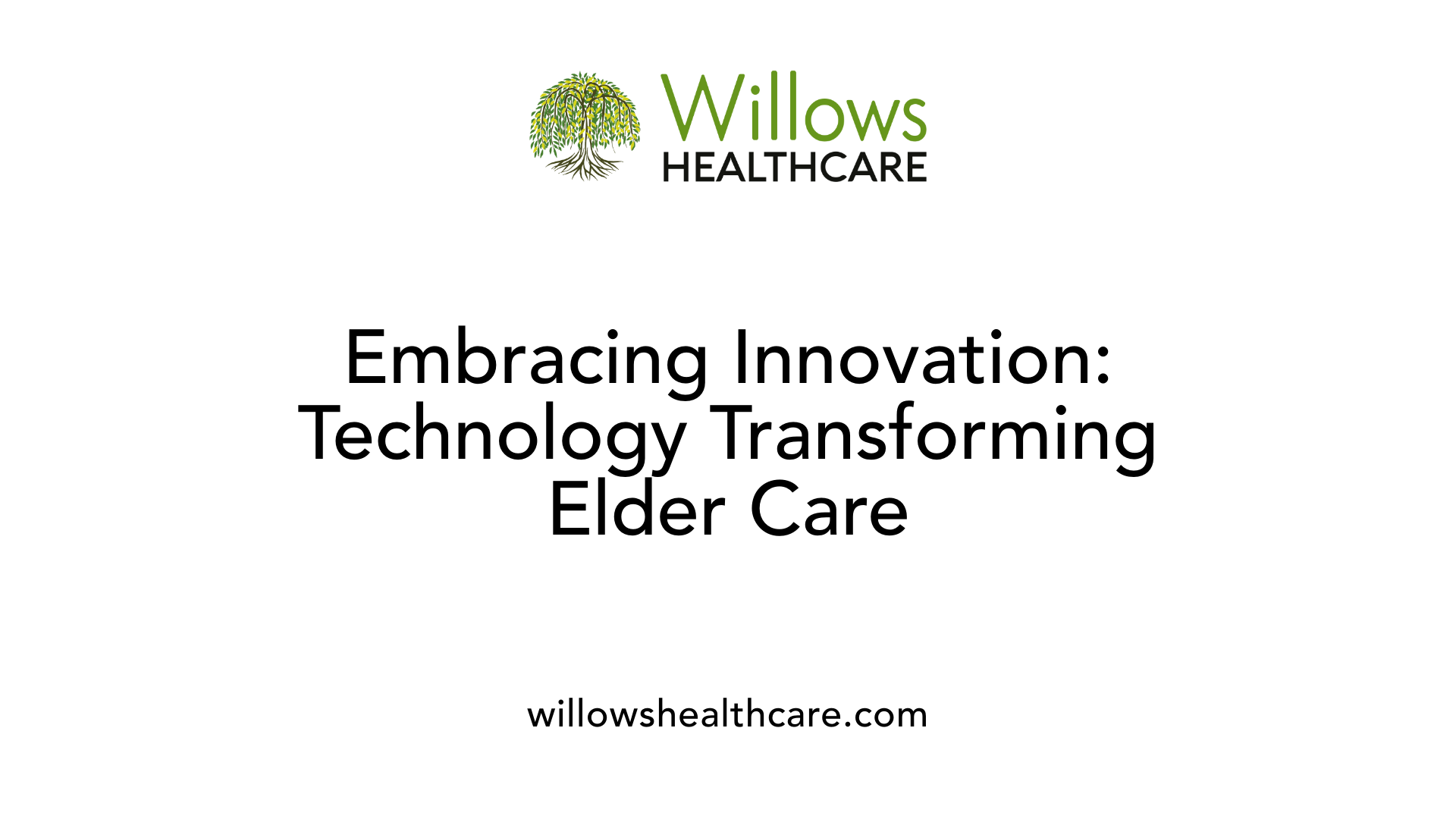
How is technology being incorporated into senior care to enhance services?
Technology plays a critical role in transforming eldercare, offering innovative solutions that promote safety, independence, and socialization. Wearable health monitors, such as smartwatches and medical alert systems, continuously track vital signs and activity levels. These devices can detect falls or abnormal health patterns and automatically alert emergency services or caregivers, reducing the risk of serious injury or hospitalization.
Remote health monitoring systems extend this capability by tracking health conditions like diabetes, blood pressure, and sleep apnea. These devices allow healthcare providers to receive real-time data, enabling early intervention and better chronic disease management. Many of these technologies integrate with telemedicine platforms, making virtual consultations more accessible for seniors who face mobility challenges or live in remote areas.
Smart home technology further improves safety and convenience. Sensors installed throughout the home monitor motion, lighting, and temperature, helping prevent falls and hazards. Voice-activated assistants, such as Amazon Alexa or Google Home, enable seniors to control their environment, set reminders for medication, or call for help with simple voice commands. Automated lighting and security systems also enhance safety during nighttime hours.
Telehealth services have expanded dramatically, especially during the COVID-19 pandemic. Video calls with healthcare professionals facilitate routine check-ups, behavioral health support, and medication management without the need for travel. Digital platforms empower seniors to access health information, schedule appointments, and communicate with family and caregivers conveniently.
In addition to safety and healthcare, AI, robotics, and virtual assistants contribute to emotional and social well-being. Robots like companion devices can provide interaction, reminder services, and mental stimulation. Virtual assistants support daily routines, answer questions, and offer entertainment, helping seniors maintain an active and engaged lifestyle.
In summary, integrating advanced technologies into eldercare ensures a safer, healthier, and more connected aging experience, supporting seniors to live independently while maintaining high-quality health and social connections.
Personalized and Preventive Care Approaches

How can senior care be personalized to better meet individual needs?
Tailoring care to each senior’s unique circumstances involves creating detailed, resident-focused care plans that take into account their medical history, cultural background, personal preferences, and daily routines. These plans are developed through collaboration between residents, family members, and multidisciplinary teams of healthcare professionals, ensuring that care aligns with each individual’s specific goals and values.
Technology plays a crucial role in supporting personalized care. Remote health monitors, electronic health records, and data analytics enable continuous assessment of health conditions. This dynamic approach allows providers to make timely adjustments in treatment and support, improving health outcomes and quality of life.
Beyond managing physical health, personalized care emphasizes emotional and social well-being. Incorporating social activities, spiritual support, and recreational pursuits helps maintain dignity, independence, and a sense of community. Such holistic, flexible strategies foster trust and satisfaction among seniors, ensuring their needs are met with respect and compassion.
In essence, these approaches integrate advanced technology with person-centered planning to promote health, happiness, and lifelong wellness, making aging a more positive experience.
Policy Innovations and Future Directions in Eldercare

What policy developments are shaping the future of eldercare?
Advancements in eldercare are strongly influenced by legislative and policy initiatives designed to support an aging population. Notable among these are the Older Americans Act and the Elder Justice Act, which allocate funding, establish standards, and promote coordination among agencies to prevent abuse and enhance support services for seniors.
There is a significant shift toward integrating health and social care, encouraging models such as community-based long-term care, shared housing arrangements, and interdisciplinary teams working collaboratively. These approaches aim to foster greater independence, personalized care, and improved quality of life for older adults.
Policies are increasingly supportive of technology adoption, including wearable health monitors, telemedicine, AI, and virtual reality. These innovations are transforming how care is delivered by making services more accessible, efficient, and tailored to individual needs.
Creating age-friendly environments is another priority, with policies promoting safe, accessible, and inclusive urban and suburban spaces. Privacy protection and ethical considerations surrounding data use and AI are also at the forefront of policy discussions.
Research and data standardization are emphasized to inform future strategies, ensuring interventions are grounded in evidence and tailored to diverse populations. Culturally competent and inclusive care policies seek to meet the specific needs of LGBTQ+ seniors, ethnic minorities, and rural communities.
Overall, the future of eldercare policy is multifaceted, combining legislative actions, technological advancements, community initiatives, and research to build sustainable, equitable, and effective eldercare systems.
Transforming Senior Care Facilities for Better Well-Being
How are senior care facilities modernizing to improve resident well-being?
Senior care communities are undergoing significant modernization efforts aimed at enhancing the quality of life for residents. These updates focus on creating environments that are not only functional but also promote social, emotional, and physical well-being.
One of the main strategies involves adopting innovative architectural and environmental features. Facilities are designed with open layouts, wider doorways, and step-free showers to improve accessibility. Natural light, outdoor gardens, and green spaces are integrated into the design, fostering a connection to nature—a concept known as biophilic design—which has been shown to reduce stress and promote healing.
More than just aesthetics, these communities incorporate advanced technologies. AI-driven health monitoring, telehealth systems, touchless entry, and smart home devices help ensure safety and enable real-time health management. These technological features also improve connectivity, allowing residents to stay in touch with family and healthcare providers easily.
To foster social interaction and a homelike atmosphere, many facilities include casual dining areas, lounge spaces, and multi-purpose communal rooms. Intergenerational programs and wellness amenities, such as fitness centers and cultural activities, encourage active lifestyles and social bonds.
Community-oriented designs are increasingly common, with neighborhood layouts mimicking small towns to promote engagement and independence. Additionally, facilities are tailored to regional and cultural needs, ensuring care remains personalized and respectful.
In summary, modern senior care settings blend innovative design, technology, and community features—creating safe, engaging, and home-like environments that support both health and happiness, ultimately furthering overall well-being.
Community Engagement and Service Delivery Strategies

What strategies are effective for enhancing community engagement and service delivery for seniors?
To effectively support the social, emotional, and health needs of seniors, communities are adopting a range of innovative and inclusive strategies. Creating welcoming environments that encourage social interaction is fundamental. Activities like social clubs, exercise classes, gardening groups, and cultural events help older adults foster connections, stay mentally engaged, and maintain physical activity.
Supporting networks involving family, friends, and peer groups are essential in fostering a sense of purpose and belonging. These relationships also serve as protective factors against loneliness and depression, which are common concerns among the elderly.
Technology plays a transformative role by expanding engagement opportunities. Digital platforms, virtual events, and easily accessible online content enable seniors to participate in social and educational activities from their homes. Tailoring these tools for usability ensures that all seniors, regardless of tech familiarity, can benefit from digital engagement.
Community-based support services are critical in helping seniors maintain independence. Transportation programs facilitate access to healthcare facilities, social outings, and shopping. Meal delivery services like Meals on Wheels provide nutritious food, while remote health monitoring ensures ongoing medical oversight.
Incorporating human-centered, ethnographic methods further enhances the relevance of community programs. By deeply understanding seniors’ preferences, cultural backgrounds, and daily experiences, community initiatives become more meaningful and responsive.
Overall, an integrated approach that combines physical spaces, supportive networks, technology, and personalized understanding creates a comprehensive framework for engaging seniors actively within their communities.
Evolving Toward a Dignified, Connected, and Healthy Aging Experience
The future of senior care is marked by a convergence of innovative design, cutting-edge technology, flexible personalized services, and robust policy support. As demographic trends accelerate, these integrated approaches aim to enhance the quality of life for older adults, supporting their independence, social connection, and emotional well-being. Emphasizing dignity and community, modern eldercare programs are transforming aging into a phase characterized by purpose, engagement, and healthful living, ensuring that seniors can age gracefully and actively in environments that adapt to their evolving needs.
References
- The Future of Senior Care: Trends in Aging and Health Services
- How Senior Living is Evolving to Meet Future Demand | myLifeSite
- The Evolution of Elder Care: Trends Shaping the Future
- How to adapt to the changing needs of those 65+ | CVS Health
- Understanding the Evolving Needs of Senior Care - So Sugary
- What Is the Modernizing Senior Centers Resource Center?
- Top 5 Trends Shaping Senior Living and Care Industry in 2024
- Healthcare on the brink: navigating the challenges of an aging ...













































































































.jpeg)
























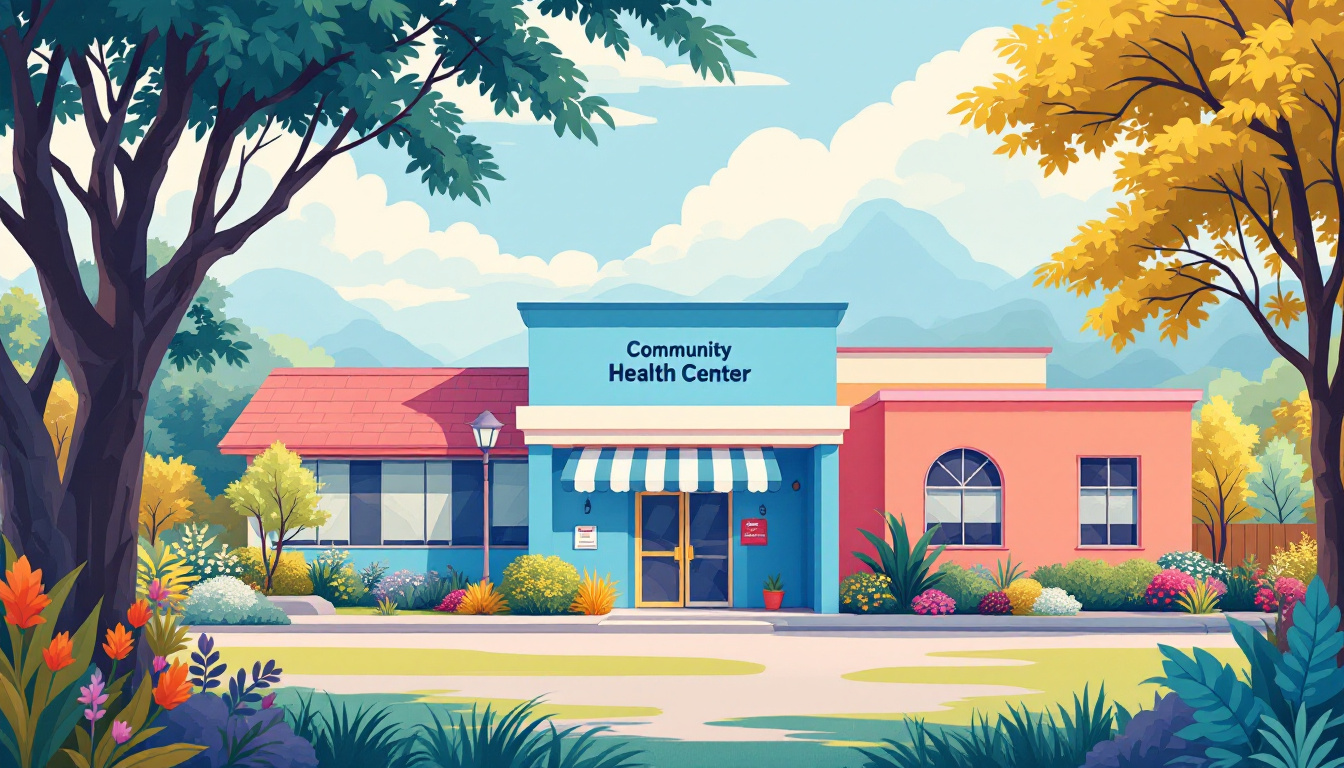














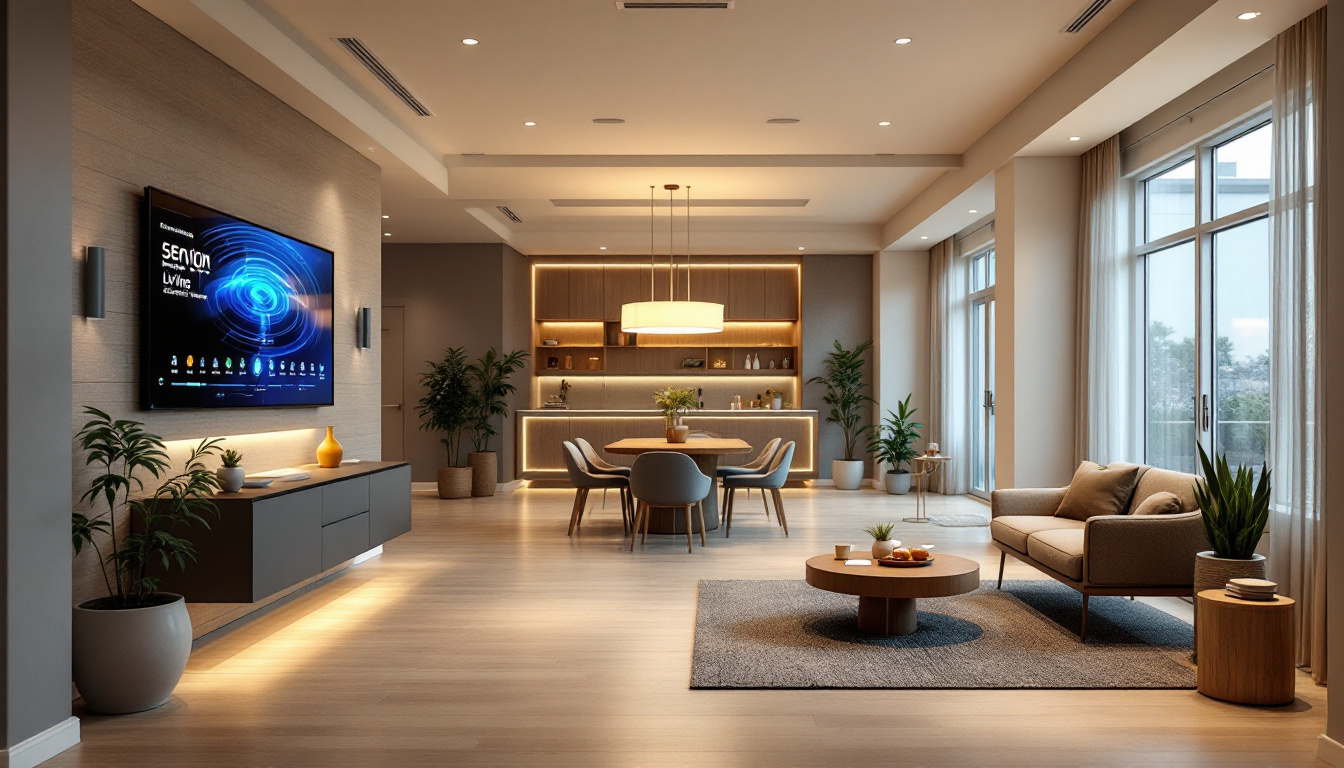



































































































































































.avif)























































.jpeg)

































































.jpeg)














.jpg)









































.jpeg)









































































.avif)




.avif)
























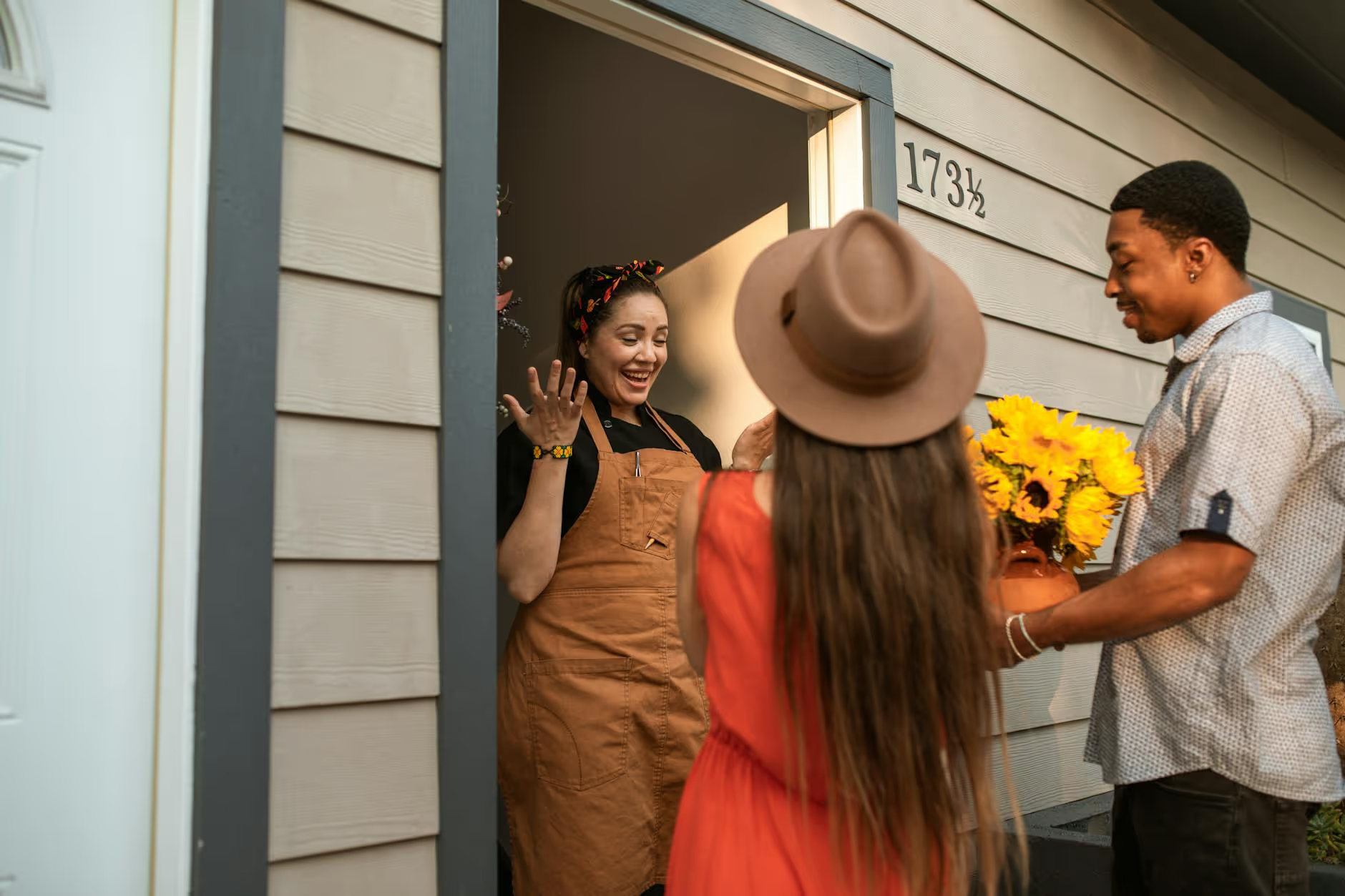












.avif)










































































